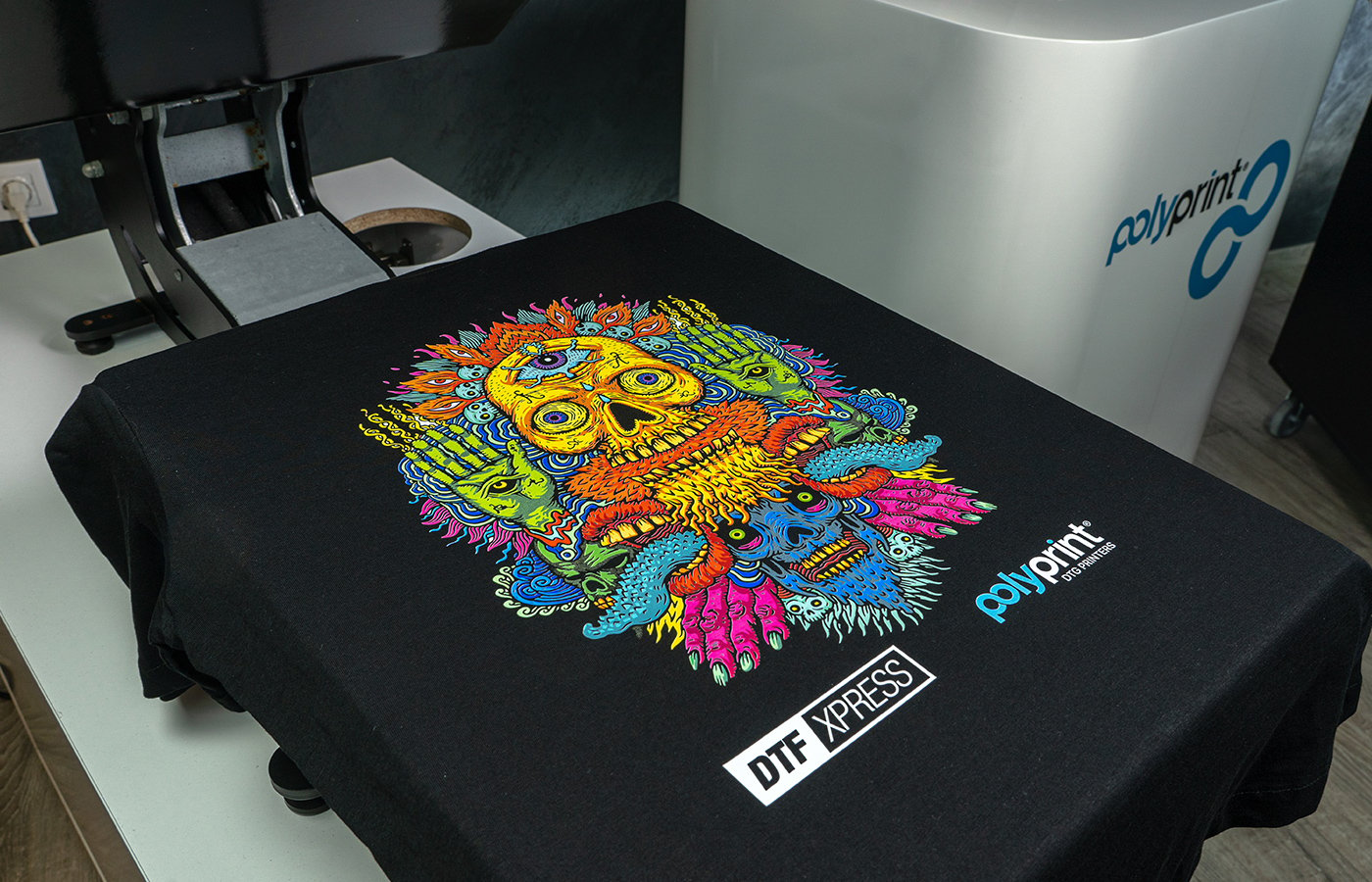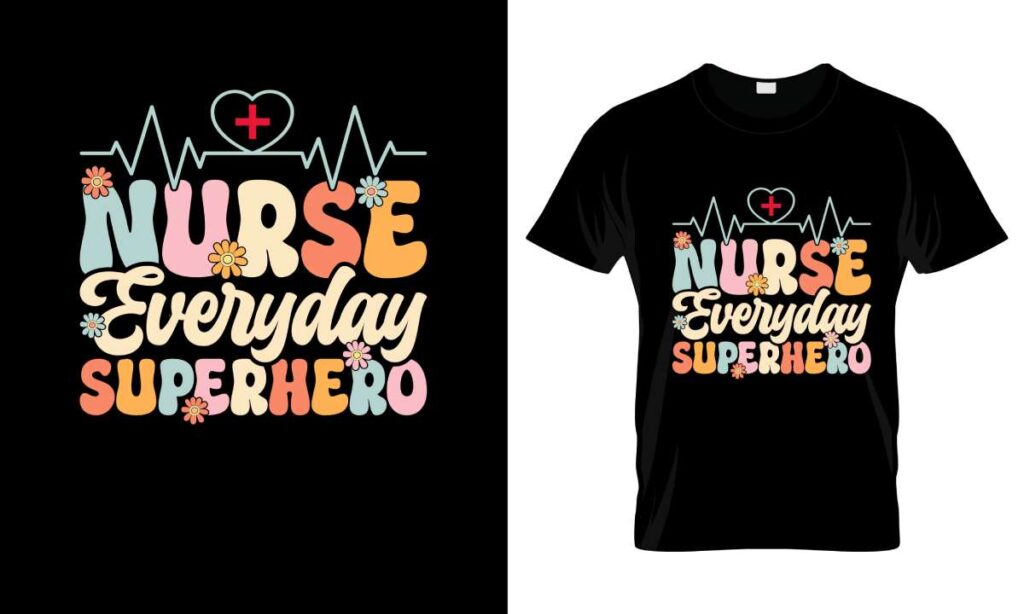DTF printing, or Direct to Film printing, is revolutionizing the printing landscape, enabling vibrant and detailed designs to be easily transferred onto various fabrics. This innovative technique has gained significant traction among both hobbyists and professionals for its remarkable versatility and ease of use. In this comprehensive guide, we’ll explore essential DTF printing tips, the necessary DTF printing equipment, and step-by-step insights into the DTF printing process that will help beginners navigate their crafting journey. Whether you’re curious about how to DTF print for beginners or seeking a thorough beginner DTF printing guide, you’ll find vital information to kickstart your creative endeavors. Prepare to unlock your potential with high-quality prints that elevate your fabric projects!
The process known as Direct to Film printing, often abbreviated as DTF printing, is emerging as a game-changer in the realm of fabric customization. This method allows intricate designs to be printed onto specialized films, which are then heat-transferred onto garments and textiles. As people delve into the nuances of this technique, they often seek advice on the necessary DTF printing equipment and inquire about the best practices to achieve stunning results. With its unique ability to create vibrant, multi-colored images, understanding the DTF printing process is crucial for those eager to embark on this artistic journey. From gathering the right tools to mastering the transfer, this guide serves as an essential resource for aspiring printers.
Understanding the Basics of DTF Printing
DTF printing, or Direct to Film printing, is an innovative method that involves printing designs onto a specialized film that is then transferred to fabric using heat and pressure. This process is celebrated for its ability to reproduce vibrant colors and intricate details, setting it apart from traditional methods like screen printing. With DTF, users can print high-quality designs that are not only visually striking but also durable, offering excellent washability and resistance to fading over time. It’s especially popular among multi-media artists and small businesses looking to create custom apparel.
The process begins with the selection of the right design and equipment, but understanding the fundamentals of DTF printing is key. It is essential to use a compatible printer that can handle DTF inks, typically water-based formulations designed for flexibility and bonding. The chosen film, often made from PET, must also be optimal for high-resolution printing—this is crucial for getting those vibrant effects that DTF is known for. Overall, understanding these elements lays a foundation of knowledge that is vital for anyone venturing into this exciting printing technique.
Frequently Asked Questions
What is DTF printing and how does it work?
DTF printing, or Direct to Film printing, is a method that involves printing designs onto a special film, which is then transferred to fabric using a heat press. This process allows for vibrant and detailed designs that adhere well to various materials, including cotton and polyester.
What equipment do I need to start DTF printing?
To begin DTF printing, you need a DTF-compatible printer, specialized DTF inks, PET film for transfers, a heat press machine, and hot-melt adhesive powder. These tools are essential to ensure quality and successful printing results.
Are there any tips for beginners in DTF printing?
Beginners in DTF printing should focus on understanding the equipment and processes. Key tips include using the right design software, ensuring correct print settings, applying adhesive powder evenly, and maintaining equipment to achieve consistent output.
How do I prepare designs for DTF printing?
To prepare designs for DTF printing, use graphic design software like Adobe Illustrator. Ensure your artwork is in CMYK color mode for the best output. Print a test design first to adjust ink settings before applying adhesive powder for transfer.
What are the washing instructions for DTF printed fabrics?
After DTF printing, wash the printed fabric inside-out on a gentle cold cycle. Avoid bleach and do not expose it to high heat to maintain the longevity of the design and the vibrancy of the colors.
What maintenance tips should I follow for my DTF printing setup?
Regular maintenance for your DTF printing setup includes cleaning the printer heads to prevent clogs, storing inks in a dry place, and routinely checking equipment like the heat press to ensure they are functioning properly.
| Key Point | Details |
|---|---|
| What is DTF Printing? | DTF printing is a method that uses special films to transfer designs onto fabrics, known for vibrant colors, durability, and versatility. |
| Essential Equipment | Key tools needed include a DTF-compatible printer, specialized DTF inks, PET film, a heat press, and hot-melt adhesive powder. |
| Preparing Designs | Use graphic design software for creating artwork. Print on DTF film and apply adhesive powder before curing. |
| Curing Process | Cure the printed film in an oven at approximately 250°F for 1-2 minutes to ensure proper bonding of the ink and adhesive. |
| Transferring to Fabric | Preheat heat press to 330°F, position the film on the fabric, and apply heat and pressure for 10-15 seconds. |
| Post-Transfer Care | Cool the fabric completely before handling and wash inside-out in cold water to preserve the print. |
| Maintenance Tips | Keep your printer clean, store inks properly, and regularly check equipment for optimal performance. |
Summary
DTF printing is a revolutionary method for creating high-quality, custom designs on various fabrics. This innovative printing technique has made it easier than ever for both hobbyists and businesses to produce vibrant and durable designs quickly and efficiently. By understanding the essential equipment, proper preparation techniques, and maintenance tips outlined in this guide, anyone can embark on a successful DTF printing journey. Embrace the endless creative possibilities that DTF printing offers and watch your design dreams come to life!



